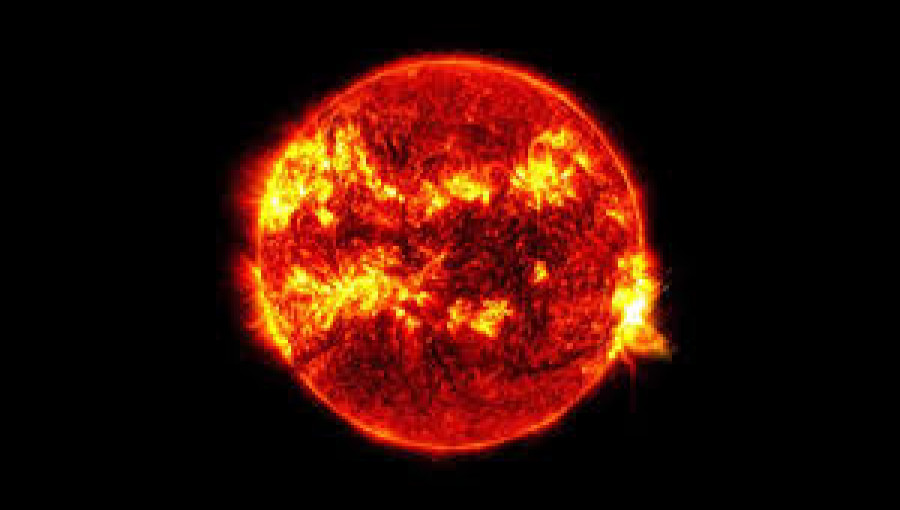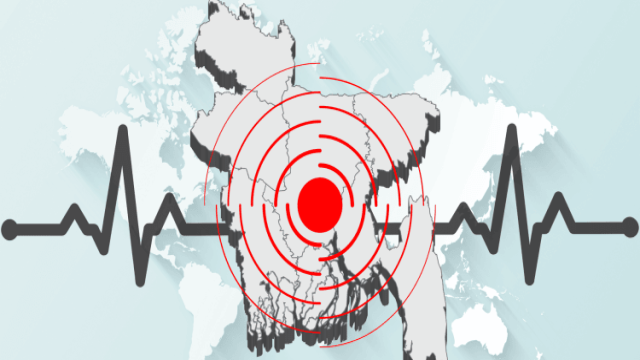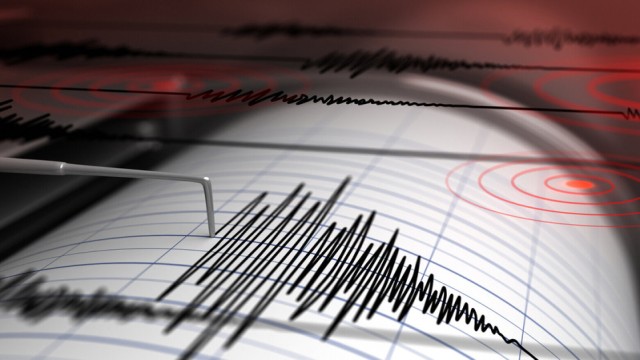New York, Oct 18, (V7N) - Stargazers can look forward to vibrant displays of the northern lights as the sun has entered its solar maximum—the peak of its 11-year solar cycle. This phase is expected to enhance aurora activity for at least another year.
Representatives from NASA, the National Oceanic and Atmospheric Administration (NOAA), and the international Solar Cycle Prediction Panel announced the development at a news conference on Tuesday. Jamie Favors, director of NASA's Space Weather Program, noted, "During solar maximum, the number of sunspots and the overall solar activity increase. This surge not only offers valuable insights into our closest star but also impacts Earth and our solar system."
The solar maximum occurs when the sun’s magnetic poles flip, leading to an uptick in solar flares and other explosive events. This cycle has already been underway for several years, with scientists tracking solar activity since 1755.
While solar activity has peaked, NOAA's Elsayed Talaat cautioned that pinpointing the exact month of maximum activity may take time. Solar flares, which emit radiation in ultraviolet light and X-rays, can travel to Earth at light speed and occasionally trigger coronal mass ejections—clouds of charged particles that can interact with Earth’s magnetosphere, potentially causing geomagnetic storms.
These storms can disrupt satellite signals, radio communications, and power grids, but they also enhance the likelihood of stunning aurora displays. A powerful geomagnetic storm in May disrupted some power grids but provided spectacular auroras in areas not typically known for them.
The northern lights are a natural phenomenon caused by charged particles from space colliding with Earth's atmospheric gases, producing dazzling displays of color. The hues depend on the altitude of these collisions and the atmosphere's composition.
Lisa Upton, co-chair of the Solar Cycle Prediction Panel, stated that sunspot activity has slightly surpassed expectations, though larger storms remain within anticipated levels. For those eager to witness the northern lights, NOAA maintains an aurora dashboard to help track viewing opportunities.
END/NYC/SMA/































Comment: